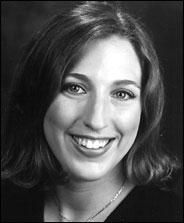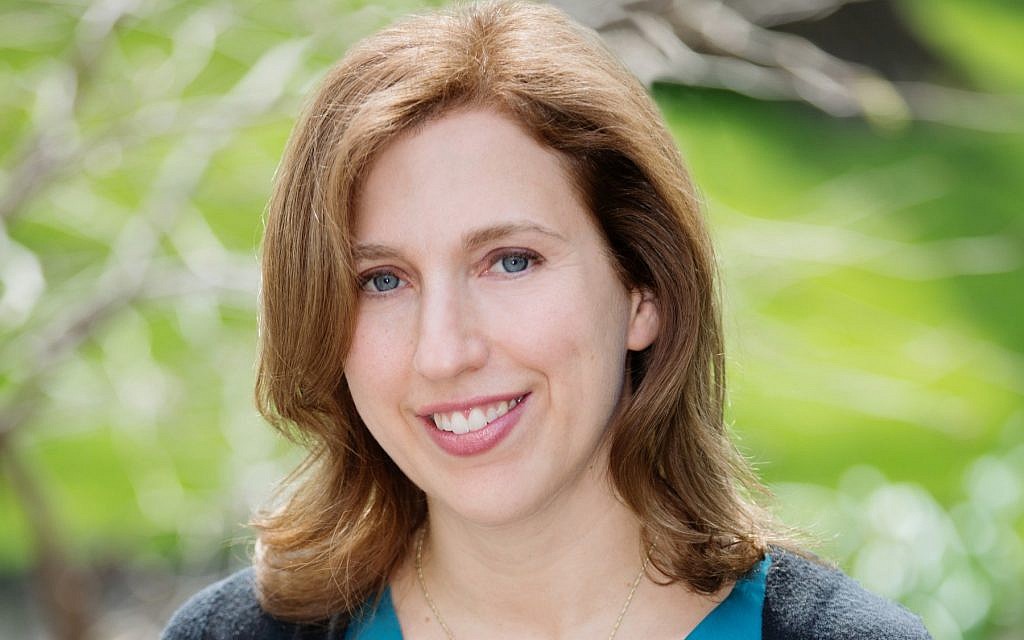

Facing backlash, the museum “finally relented after deliberating for six months, which seems like a rather long time for the Anne Frank House to ponder whether it was a good idea to force a Jew into hiding.” Horn then explores the world’s collective embrace of the doomed teenaged diarist, speculating on the qualities that have made Frank and her diary more appealing than, say, the written legacy bequeathed to us by one Zalmen Gradowski, who wrote directly from the crematoria at Auschwitz. Noting how attention to-even reverence for-past Jewish suffering can coexist with contemporary insult and intolerance, Horn begins the essay with an episode in which the Anne Frank House in Amsterdam, invoking a goal of “neutrality,” told a yarmulke-wearing employee to hide his kippah beneath a baseball cap. “Living Jews, not so much.” The essay appears as this book’s first chapter, retitled “Everyone’s (Second) Favorite Dead Jew.” (The top favorite is not explicitly identified in the piece, but there’s a fairly broad hint that that honor goes to a certain first-century Galilean.) “People love dead Jews,” that article began.

The attention-grabbing title is lifted from a piece Horn published in Smithsonian magazine in 2018. But as disquieting as the book may be, it’s also extremely well-written and engaging, sustained throughout by Horn’s inimitably intelligent and lively voice. Moreover, as much of the book goes on to demonstrate, narratives surrounding persecution and Jewish death have been framed in discomfiting and often moralistic ways. I hope you will find it as disturbing as I do.” From the start, Horn reminds us that outside certain bubbles, much of the world has come to know dead Jews-most often, murdered Jews-better than living ones. In the introductory essay, Horn declares that she’s not here to entertain us: “This book explores the many strange and sickening ways in which the world’s affection for dead Jews shapes the present moment.

“Treat” may seem too rosy a word for a book that bears so bracing a title. People Love Dead Jews: Reports from a Haunted Present gathers 12 of Horn’s nonfiction pieces-many, but not all, previously published in a range of Jewish and secular publications-adding an introductory essay to offer a baker’s dozen of treats. But Horn is also a scholar of Hebrew and Yiddish literature and a knowledgeable, prolific and gifted writer of nonfiction. As the author of five highly regarded novels, ranging from the award-winning In the Image (2002) to the memorably time-shifting Eternal Life (2018), Dara Horn is recognized as an accomplished fiction writer and as a storyteller who draws inspiration from centuries of Jewish history.


 0 kommentar(er)
0 kommentar(er)
